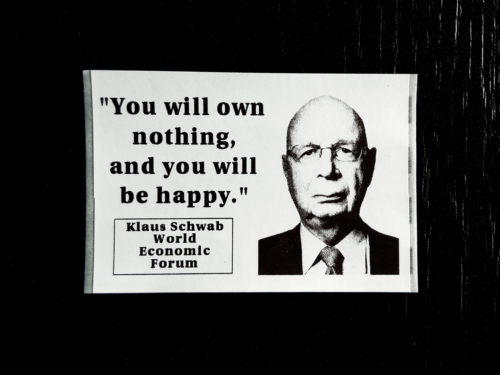President Trump is a Master of Negotiations. He wrote the book “The Art of the Deal” Paperback – Illustrated, October 6, 2015by Donald J. Trump (Author), Tony Schwartz (Author). It was a #1 NATIONAL BESTSELLER. Why the Media despises him, I don’t know. It is evident now “Trump Derangement Syndrome” is a real thing. His new Economic Trade Policy to increase Tariffs should be a good thing for America. We are getting the Raw Deal. Why shouldn’t America manufacture? It is a National Security threat to outsource everything. China takes advantage of America. Under Obamas Two Terms in Office, many manufacturing jobs were lost to China and went over seas to nations like India. China buys 90 % of our raw materials, and controls 60 % of rare earth minerals needed for electric cars. Most of our Chips are from Taiwan. We all know the recent headlines of Blockades around Taiwan by China. China wants to unify with Taiwan but remain in Power over Taiwan. In the event of an armed conflict in the Middle East against Iran, China will definitely try to take over Taiwan by military force. Biden was a weak president. Many nations took advantage of the US under his illegitimate leadership. There is a New Sheriff in town that means business. The markets took a dive over the last few days but today we saw a major jump in all markets. Was it just a correction due to policy changes, or is it being manipulated based on not agreeing with global economic policies. Obama recently spoke about what amounted to inciting violence against President Trump and his supporters. Is another Civil War 2.0 in the works? America has never been more divided after Obama got into Office. Now President Trump is in and within 2 months has surpassed any Presidents achievements their whole Presidency. I admire his hard work and dedication to making America Great again.
The growing trade deficit with China has significantly impacted the U.S. manufacturing sector, leading to substantial job losses. Between 2001 and 2018, the U.S. lost 3.7 million jobs due to the trade deficit with China, with job losses occurring in every state and congressional district.2
Reasons for Job Loss
- Trade Deficit: The increasing trade deficit with China has been a primary driver of job losses. As U.S. companies import more goods from China, domestic manufacturing jobs are displaced.23
- Low-Cost Production: China’s low labor costs and state-driven economic policies have made it an attractive location for manufacturing, leading to significant outsourcing of U.S. jobs.34
- Tariffs and Trade Policies: Tariffs imposed by the U.S. on Chinese imports have increased costs for businesses, making it more challenging for them to remain competitive. Small business owners, in particular, have struggled to cover these new costs.3
- Technological Shifts: The rise of automation and artificial intelligence (AI) has further reduced the number of manufacturing jobs. Advanced economies like the U.S. are increasingly turning to robotics and AI-driven production, which requires fewer workers.34
Competitive Strategies
- Engaging the Private Sector: Encouraging the private sector to identify and reduce barriers to export growth can help U.S. manufacturers compete more effectively. This includes focusing on technology skills transfer and protecting intellectual property.5
- Innovation and Technology: Investing in high-skill industries such as aerospace, biotechnology, and electronics can help maintain a competitive edge. These sectors often integrate manufacturing with high-value services, driving constant innovation.34
- Reducing Corporate Tax Rates: Lowering the marginal tax rate on corporations can make the U.S. a more attractive location for manufacturing, potentially bringing back jobs from overseas.5
- Adapting to Automation: While automation reduces the number of low-skill jobs, it also creates opportunities for high-skill jobs in technology-driven sectors. Policymakers must focus on workforce development to ensure workers can transition to these new roles.34
- Balancing Protectionism and Innovation: Striking a balance between protecting domestic industries and fostering innovation is crucial. Tariffs and industrial policies should aim to protect jobs and ensure national security without stifling technological advancement.34
By addressing these challenges and implementing these strategies, the U.S. can work towards maintaining a competitive manufacturing sector while adapting to the changing global economic landscape.
Discover more from EAGLE HORIZON REPORT
Subscribe to get the latest posts sent to your email.

